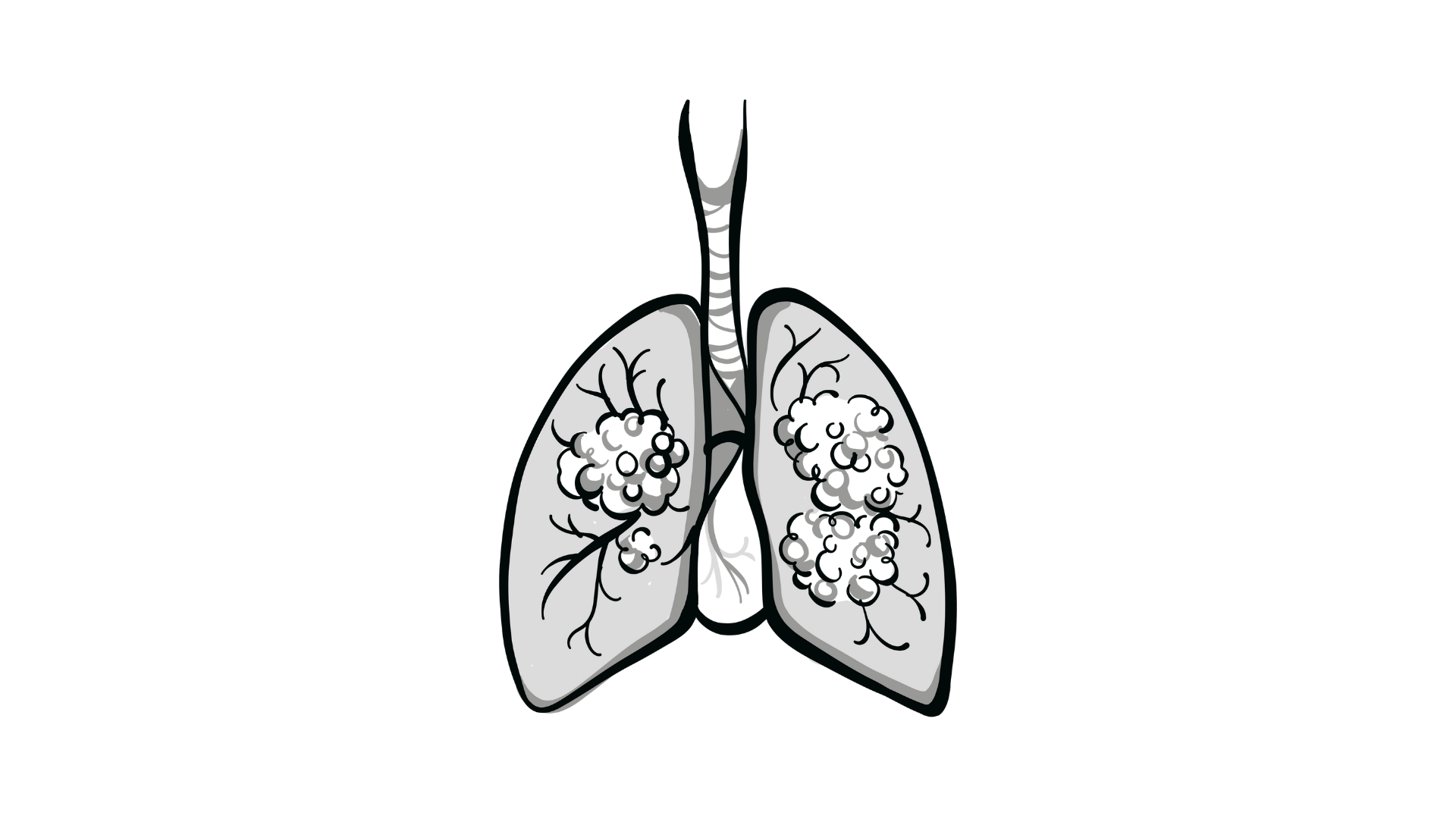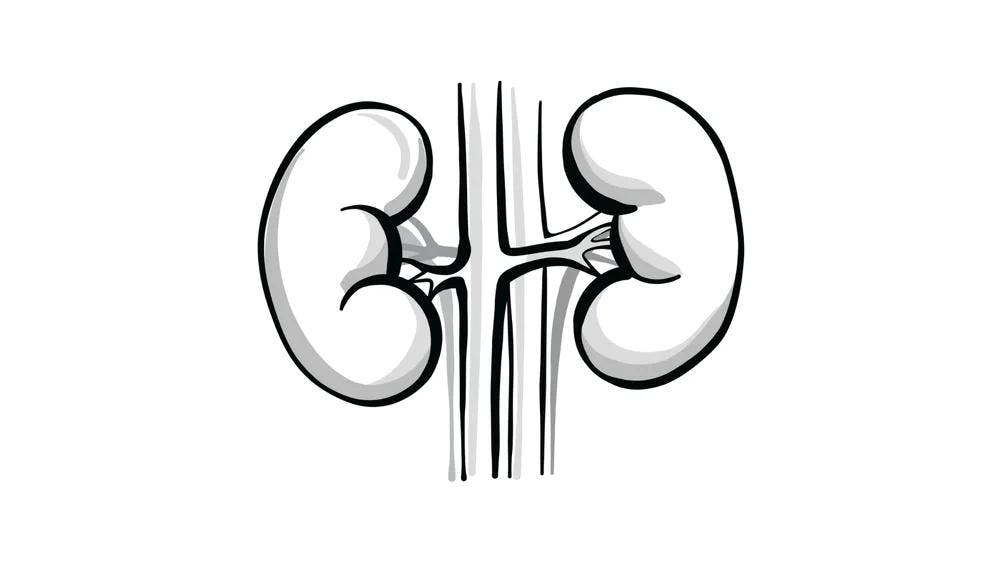Peers Review Role of Biopsy and Imaging for Metastatic HCC
During a Case-Based Roundtable® event, Pierre Gholam moderated a discussion on how to proceed with a patient presenting with a LI-RADS 5 mass suspected of being hepatocellular carcinoma.

Pierre Gholam, MD
Associate Professor, Department of Medicine
Case Western Reserve University School of Medicine
Cleveland, OH

EVENT REGION California
PARTICIPANT LIST Sassan Farjami, MD | Xiuqing Ru, MD | David Shin, MD | Albert Dekker, MD | Wei Bai, MD | Ashkan Lashkari, MD | Miguel A. Villalona, MD | George Hajjar, MD | Swarna Chanduri, MD | Ali Baghian, MD | Preeti Chaudhary, MD | Mohammad Ziari, MD | Xinting Fu, MD
DISCUSSION QUESTIONS
- Would your use of biopsy be different if the patient did not have cirrhosis?
- Would it differ if the lesion were LI-RADS category 4?
- Assuming biopsy results were obtained and confirmed HCC, would you suggest any further genetic analyses of the biopsy tissue?
GHOLAM: Can you tell me your rationale for requesting a liver biopsy for this patient?
FARJAMI: Possible next-generation sequencing [NGS] looking for targetable mutations. And if we’re going to put the patient in a clinical trial, they need tissue.
GHOLAM: Most clinical trials do not need tissue. There are some that do, but the vast majority of them, [such as] triplet trials and some of the recent trials, do not typically need tissue. Have you had an experience with a patient with HCC in whom NGS led to a targeted therapy?
FARJAMI: I’ve had cases that, despite the fact that the radiologists called it HCC, overlap between HCC and cholangiocarcinoma. Then we’re looking for potential genetic mutations for the cholangiocarcinoma. I once had [a case where] they called it HCC, and it came back as borderline between cholangiocarcinoma and HCC. If it’s feasible and there is no risk for complication, I prefer to have the tissue.
GHOLAM: That’s a very good point. Mixed tumors are a real [concern]. Typically, it has much worse prognosis and is worth investigating. Mixed tumors, in fairness, do not typically categorize as LI-RADS 5 lesions, but it is an excellent point.
We do NGS with approximately 3% of our patients with HCC, and we see about 248 patients a year, so that amounts to not a trivial number of patients. We did find a patient with microsatellite instability [MSI]–high disease one time. That patient was alive for 5 years on pembrolizumab [Keytruda]. It does happen, but typically, it is the exception that confirms the rule.
RU: I said no biopsy, because if you have the cirrhosis and hepatitis B, cholangiocarcinoma risk is on the lower side. If there were no cirrhosis, no hepatitis B, only a solid liver lesion of LI-RADS category 4 or even 5…I would recommend a biopsy.
GHOLAM: No cirrhosis does not qualify for LI-RADS classification, so yes, that is true. Both points are valid. I take the point of a mixed tumor, and that is something we need to pay close attention to. Would you do anything different if the patient were not known to have, or you knew they did not have, cirrhosis?
SHIN: Some HCCs arise in the absence of the background cirrhosis. It is possible; I’ve seen it.
GHOLAM: Sure. Hepatitis B is the poster child for that.
DEKKER: If there is no cirrhosis, you need biopsy because you are looking not only for HCC but you’re looking for all other causes of lesion or mass in the liver. It could be occult colon [cancer], it could be occult melanoma. It could be absolutely anything.
GHOLAM: Absolutely. If the patient does not have cirrhosis, the diagnostic criteria of arterial hyperenhancement and washout do not typically apply with any degree of certainty and an element of uncertainty exists.
BAI: I have a quick question about the liver cirrhosis. I remember hepatitis B and hepatitis C have different mechanisms when it comes to causing HCC. For hepatitis C or at least NASH [nonalcoholic steatohepatitis] or other hepatitis that causes HCC, they have to go through the cirrhosis step before they can cause HCC. Hepatitis B can cause HCC without liver cirrhosis, is that right?
GHOLAM: Hepatitis B is the prototypical disease that causes HCC without preexisting cirrhosis because hepatitis B itself is directly carcinogenic. But we now realize that even patients with advanced fibrosis from hepatitis C and even NASH can develop HCC. It is more blurred than what you just outlined, although I agree with you. If there is one disease where HCC is going to occur in the absence of fibrosis, traditionally it’s thought of as hepatitis B.
So if they didn’t have cirrhosis, we agreed we would do the biopsy. How about if they had cirrhosis and had a LI-RADS 4 lesion? What would you do then?
LASHKARI: I would not recommend biopsy, particularly if the AFP level is quite high and there are no other signs of questionable malignancy.
GHOLAM: If there’s another known coexisting malignancy, obviously all that talk goes out the window and we typically [recommend] biopsy for all those patients.
Assuming the biopsy results were obtained and confirmed HCC, would you suggest further genetic analyses of biopsy tissue?
VILLALONA: Because you have the tissue already, you may as well run it. You mentioned MSI-high disease, which is something that you can get with tissue. But there are certain things like NTRK that occasionally can be found. So because you have the tissue, why not?
GHOLAM: Sure. NTRK and many of the now clearly identified pathways that drive biliary tract cancer in case someone has a mixed tumor would be worth it.
HAJJAR: The only indication for biopsy to me is if I’m suspecting something other than HCC and I’m in doubt whether this is HCC or not. Other than that, I don’t think we need a biopsy. NGS is rare, but as was said, if you have the tissue and insurance is paying, why not?
DISCUSSION QUESTION
- Would you recommend further imaging?
GHOLAM: Would you recommend any further imaging? Dr Chanduri, how do you work up advanced HCC? What imaging other than cross-sectional imaging of the liver would you recommend?
CHANDURI: [I would get] a PET-CT scan.
GHOLAM: A PET-CT scan, looking for extrahepatic disease somewhere else.
BAGHIAN: You could do conventional imaging with CT plus or minus a nuclear medicine bone scan if you had suspicions for bone metastases.
CHAUDHARY: I would order a PET scan too. With neurological symptoms, maybe MRI of the brain if the patient is symptomatic.
DEKKER: A lot of those things could be done, but we do need a vascular MRI to look for the vascular invasion because that will change both management and prognosis.
GHOLAM: Right, so [this patient already received either] an MRI with and without gadolinium or a triphasic CT scan. A PET scan in the liver for HCC is thought to be of very limited, if any, value.1 HCC typically does not light up differentially in the liver or outside of the liver, so we don’t do it and societal guidelines don’t recommend it. Central nervous system metastasis in HCC is a very late and terminal event, so societal guidelines don’t endorse it. The only other imaging that we order and that is generally endorsed is an uncontrasted CT scan of the chest to look for metastases because that’s typically the earliest site of metastasis, other than typically contingent extension to the adrenals. But it sounds like we have a variation in practice here, which is very interesting to hear about.
DEKKER: In many cases, when the PET scan is done, it also has a CT component with it, so you get the whole-body imaging. It’s not unusual in this population of patients, because many of them [misuse alcohol], to find a small lung cancer or another neoplasm elsewhere, which could sometimes be an issue, especially for patients with early-stage disease.
GHOLAM: I don’t disagree with that. Typically, you would need triple-phase imaging for adequate HCC, so it’s not a substitute for good-quality cross-sectional imaging, but there may be additional unforeseen benefits from doing a whole-body PET-CT scan.
CASE UPDATE
Biopsy was obtained and confirmed the diagnosis of HCC.

DEKKER: It’s missing one of the options: best supportive care or hospice. It will not be a favored option, but it still would be an option considering the complex presentation, multiple comorbidities, and advanced disease.
GHOLAM: If I offered best supportive care for every patient who looked like this in my practice, I would need to open my own hospice wing. Many of these patients don’t have a great prognosis. Lenvatinib [Lenvima] is the leading here, followed by sorafenib [Nexavar], followed by atezolizumab [Tecentriq] plus bevacizumab [Avastin]...[and] durvalumab [Imfinzi] plus tremelimumab [Imjudo]. No one picked pembrolizumab. For someone who chose sorafenib, [would you give] an overview of your thought process?
LASHKARI: First, this patient appears to have a contraindication to immunotherapy, based on her Crohn disease and based on 2 months previously having [variceal] bleeding. Sorafenib or lenvatinib is a very reasonable option. I chose sorafenib over lenvatinib [because] the trial that evaluated lenvatinib was a noninferiority trial, so we don’t know that it’s any better. It’s just that it’s noninferior.2
GHOLAM: So in your mind, sorafenib and lenvatinib are [interchangeable]. There is no difference in your mind, at least for HCC.
LASHKARI: The differences are somewhat related to adverse events and managing their toxicities. But otherwise, in terms of efficacy, I’m not certain that there is any clear difference.
RU: Maybe I’m wrong, but I thought for Child-Pugh class B, sorafenib [is recommended] and the rest are for Child-Pugh class A.1 With the liver function, she [had a score of] B7.
ZIARI: Child-Pugh B7 [score] is still a candidate for durvalumab/tremelimumab, which is an easier treatment.
GHOLAM: [This patient] is not a great candidate for immunotherapy, as Dr Lashkari just pointed out. She has inflammatory bowel disease and is on infliximab. That is why people stayed away from immunotherapy options here.
ZIARI: Then [I would] probably [give] lenvatinib.
GHOLAM: So lenvatinib and sorafenib, in your mind, are not [interchangeable]? There’s a difference between the two?
ZIARI: For sorafenib, we have the data since 2007 [showing] just a few weeks of benefit in overall survival, not a significant difference. It has significant toxicity of hand-foot syndrome, hypertension. Lenvatinib seems to be easier to monitor and manage the adverse events.

GHOLAM: Reimbursement doesn’t seem to be a major consideration. [The results] break down between safety/tolerability and survival, which makes sense to me. Dr Fu, what is your most important consideration here in unresectable HCC when choosing a tyrosine kinase inhibitor [TKI]?
FU: There are 3 things important to me: safety, survival, and reimbursement. I chose survival, but tolerability is also important…because this is not for cure and is more for palliative [treatment]. The survival difference between these, especially the [TKIs], is not that great. I chose survival, but I think safety/tolerability is important. [For] reimbursement, I would agree with that too. The money is still important to my group at least. They’re both expensive, and with the co-pay, affordability is also important to the patient.
DEKKER: I picked reimbursement because if you cannot secure the product, everything else is not relevant, and reimbursement is becoming a bigger challenge.
CASE UPDATE
Due to autoimmune disease, a nonimmunotherapy was chosen, and she received 12 mg lenvatinib daily.
The patient experienced modest weight loss and reported loss of appetite, leading to a dose reduction to 8 mg daily, and she was referred for nutritional therapy. Imaging at 16 weeks showed a partial response. Eight months after initiation of therapy, treatment was discontinued due to disease progression.
REFERENCES:
1. NCCN. Clinical Practice Guidelines in Oncology. Hepatocellular carcinoma, version 2.2024. Accessed July 19, 2024. https://tinyurl.com/yucrdwck
2. Kudo M, Finn RS, Qin S, et al. Lenvatinib versus sorafenib in first-line treatment of patients with unresectable hepatocellular carcinoma: a randomised phase 3 non-inferiority trial. Lancet. 2018;391(10126):1163-1173. doi:10.1016/S0140-6736(18)30207-1










